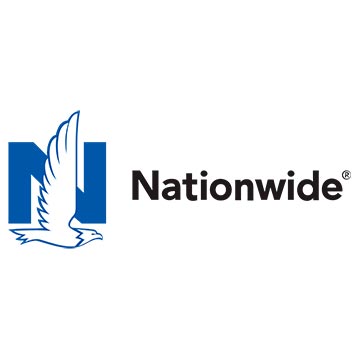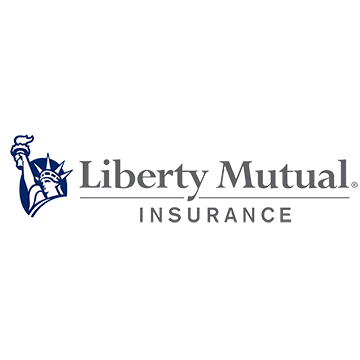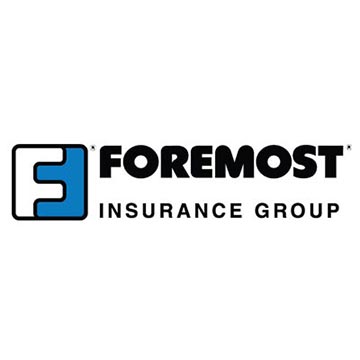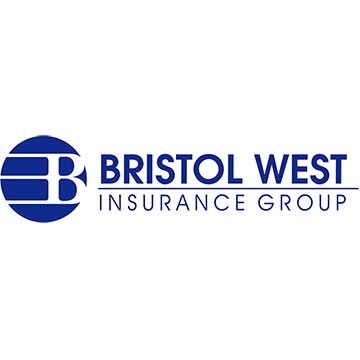Condominium Association Insurance
The condominium association business is managed by its by-laws and declarations. These are unique to each association and deal with the day-to-day obligations and duties of the board and unit owners.
Start a Quote Online Find an Agent
The condominium association business is managed by its by-laws and declarations. These are unique to each association and deal with the day-to-day obligations and duties of the board and unit owners. The documents can be structured to lay the guidelines for choosing the board, maintaining the premises, amending the documents, and...how many pets are allowed. The contents of the by-laws and declarations are governed by the laws applying to condominium associations in each state. One of the provisions of the documents is how the insurance is handled and what is, or isn't, covered.
The 1980 Uniform Condominium Act had one important sentence applying to the handling of insurance: "Given the great interdependence of the unit owners in the stacked unit condominium situation, mandating property insurance for the entire building is the preferred approach". Today the Uniform Common Interest Ownership Act (UCIOA), as presented during a July 2008 conference at Big Sky, Montana, condominium associations are advised by the National Conference to "insure all real property regardless of location or classification, whether considered a common element, limited common element or part of the defined 'unit'"
There are several 'uniform acts'- the "UCA" (Uniform Condominium Act), "UPCA" (Uniformed Planned Community Act), and the "UCIOA" – already mentioned, and are often referenced in the community association world. However, it is important to note that none of these documents binds anyone. As "uniform acts", the Conference intended for states to use these models when writing statutory schemes, but none of the 'acts' are binding by themselves.
Montana has the Unit Ownership Act. Title 70, Property, Chapter 23, Unit Ownership Act-Condominiums, of the Montana Code Annotated, provides the provisions for structuring associations.
Since the Conference recommended insuring all real property, following are the three methods of handling the 'association' insurance. While many agents will look to the association documents to determine how to handle 'unit owners' insurance, it is easier to list how the association will handle its overall insurance and what is not covered is then the unit owner's responsibility. The three are listed in order of preferred usage and ease of claims settlement.
Original Specifications (single entity coverage): Single entity coverage applies to all property, including items in individual units (it does not apply to personal items). Basically, the association is responsible for all real property, but only the cost necessary to return the building and units to their original condition using materials of like kind and quality. Unit owner upgrades are not included in original specifications loss settlements. Improvements and betterments would not be considered to be within the original specifications.
Developing replacement cost values may be easiest when single entity insurance requirements are applied as valuation programs and original specification requirements overlap in their result and mandate. Property valuation programs calculate the cost of rebuilding the structure utilizing modern materials of like kind and quality, and original specification insurance requirements limit association responsibility to the cost of replacing original construction materials with modern materials of like kind and quality.
This type of insurance is the most common property insurance purchased by condominium associations.
All-in Coverage (a.k.a All Inclusive): Here the statutes by by-laws are similar to single entity requirements. Condominium associations are responsible for insuring common elements, limited common elements, and all real property that makes up a "unit". There is one major difference between "all-in" and "single entity": The association is not only responsible for all real property, but it is also charged with insuring unit owner installed upgrades. "Statutes and association by-laws mandating coverage on an all inclusive basis increase an association's standard of care. Associations subject to the insurance settlement mandate are forced to closely monitor building and unit values to avoid inadequate insurance and a possible coinsurance penalty". The main issue here would be unit owner improvements and betterments – finishing a basement or "upgrade" of the unit fixtures, flooring, counters, or cabinets. Because of these problems, few states actually apply the UCIOA terminology that can be exclusively interpreted as "all-in".
Bare Walls: Bare walls settlement provisions were the standard before the UCIOA. Those states applying this code limit the association's insurance responsibility to the building's common elements and limited common elements. Unit owners are responsible for insuring all real property defined to be a part of the "unit". The primary issue is that "unit" does not have a universal definition among the states. "Unit boundaries, the beginning of the area the association is not responsible for insuring, can be everything from the studs; or the unfinished walls (meaning the 'paint' is insured by the unit owner); or the subfloor and underside of the ceiling; or any other variation. Problems with such diverse boundary definitions are compounded by the potential confusion surrounding interior partition walls that may contain limited common elements" Clearly claims management in a "bare walls" situation can be a long and often litigious process. Primarily two questions arise: Who deciphers the definition of a "unit" allowing the unit owner, the association, and the insurer to know who is responsible to insure what, and, who calculates the amount of coverage needed.
By-laws and declarations are the governing documents of all shared ownership regimes. Division of ownership and insurable interest is dictated by these documents allowing associations to adopt their own rules regarding insurance coverage and requirements. Associations can chose among "original specifications", "all-in", or "bare walls" as they desire.
Article By: Dennis Gambill - The author is an Insurance Litigation consultant. Adjunct professor at EMC for 8 years-Risk & Insurance. 40+ years-both MGA and agency experience.

We'll Shop Around So You Don't Have To
Start a quote by filling out our online application providing us with the basic information we need to perform a quote. It only takes a few minutes and we'll respond within one business day.
Start a Quote Contact UsWe're Hiring
We're looking for industry experienced folks to join our team. Contact us at 406-652-4180 to inquire.
Top 10 Reasons You Need Cyber Liability Insurance
No matter what type of business you run, where you're located, or how much time you spend online – your business needs Cyber Liability Insurance.
business riskProfessional Liability Insurance
Almost every business or firm can become liable for injury to others resulting from a condition on its premises or arising out of its operations, products, completed work or actions of its employees.
business riskAnti-Indemnity Statute
Indemnity clauses generally are more common to construction projects primarily due to the risks involved maintaining a safe work environment.
business riskOur Insurance Partners











— Protecting Everything You Value Most —
Darnielle Insurance is available to answer your questions. We are located at 1320 28th Street West, Billings, MT 59102. Give us a call at 406-652-4180.